I'm working on a robot simulation and trying to calculate the robot's distance from the goal along some planned trajectory. The trajectory curves to avoid obstacles, and it is given by a list of coordinates. To find progress, I need to find the arc length from the current position to the goal. I'm familiar with the equation for arc length of a function: 
The approach I was planning to use was creating a polynomial approximation of the function of the trajectory from the data points using NumPy's polynomial.polyfit, then finding its derivative, squaring that, adding 1, taking the square root, and finally integrating. However, the square root of a polynomial doesn't always exist, so this method wouldn't always work.
Is there some better way to approach this? I'm familiar with numerical integration, but not sure if/how it can be applied to this problem.
EDIT: Figured out how to do this numerically, which is much faster. Compute numerical derivative using numpy.gradient/numpy.diff, plug each element in that derivative into sqrt(1 + (dy/dx)^2), then use numpy.trapz/scipy.integrate.simpson to compute integral numerically.